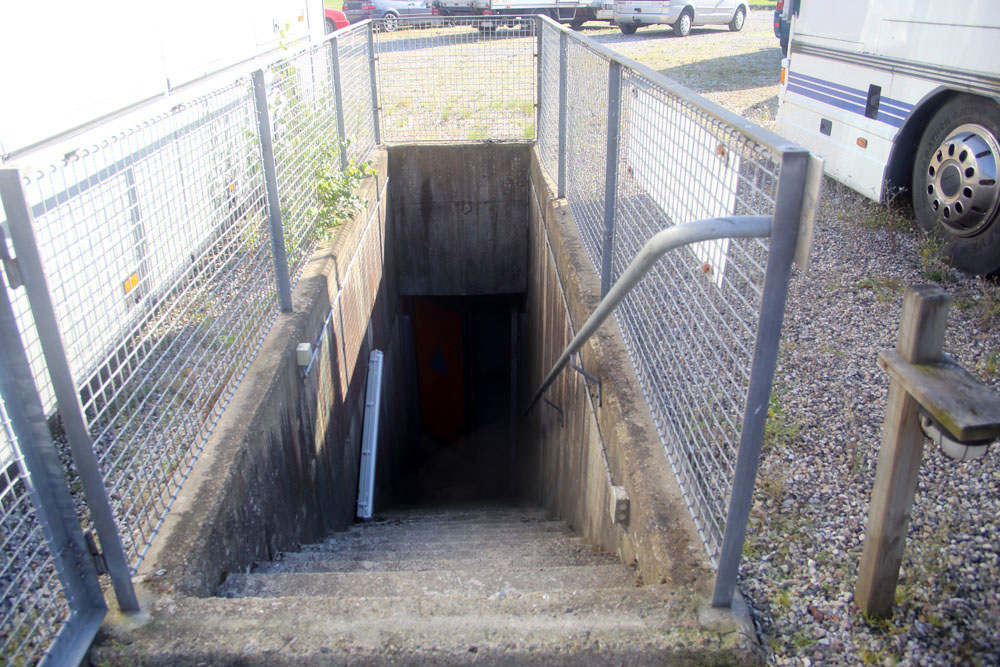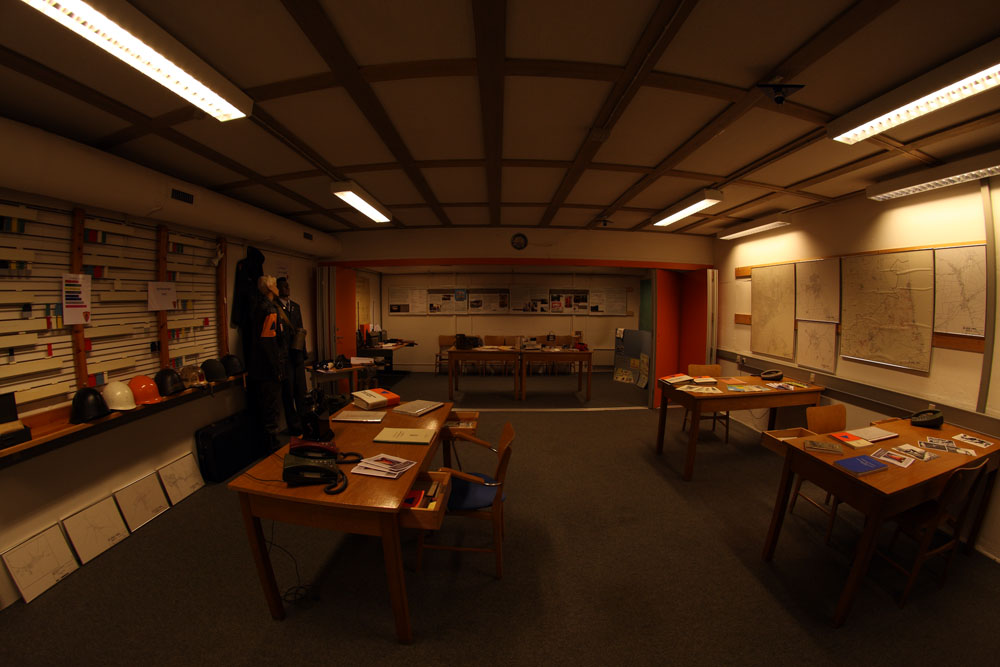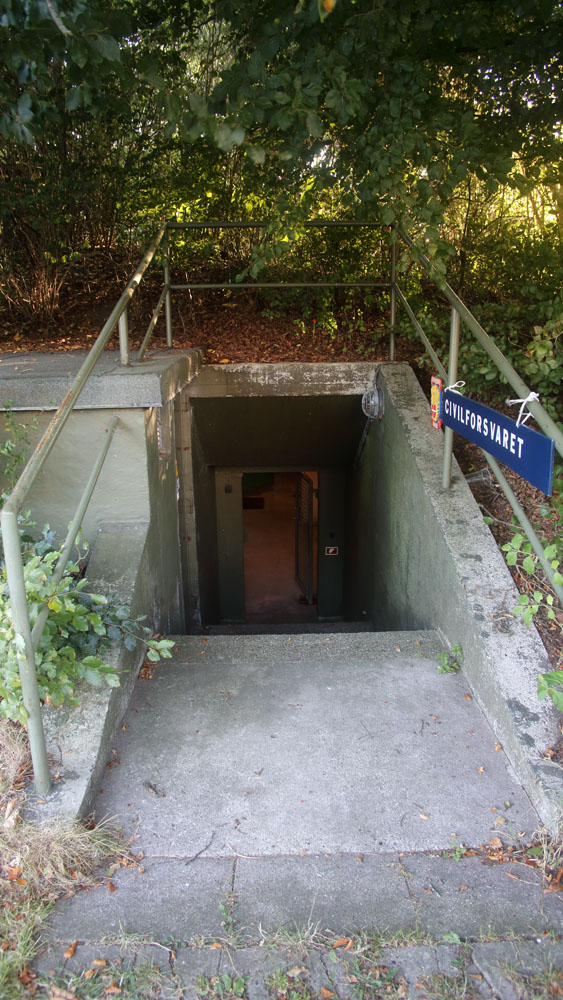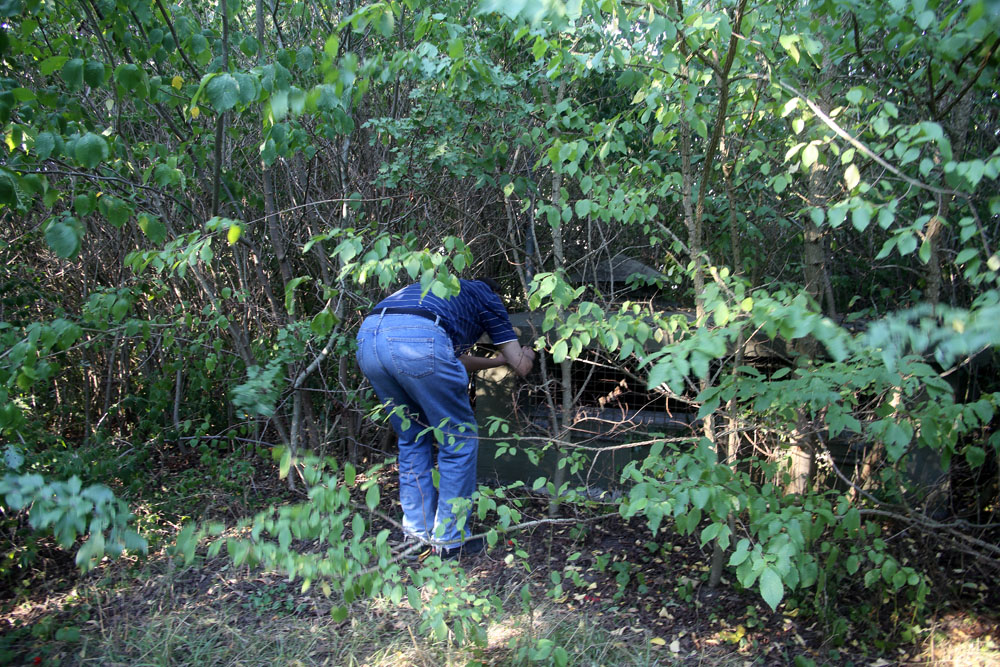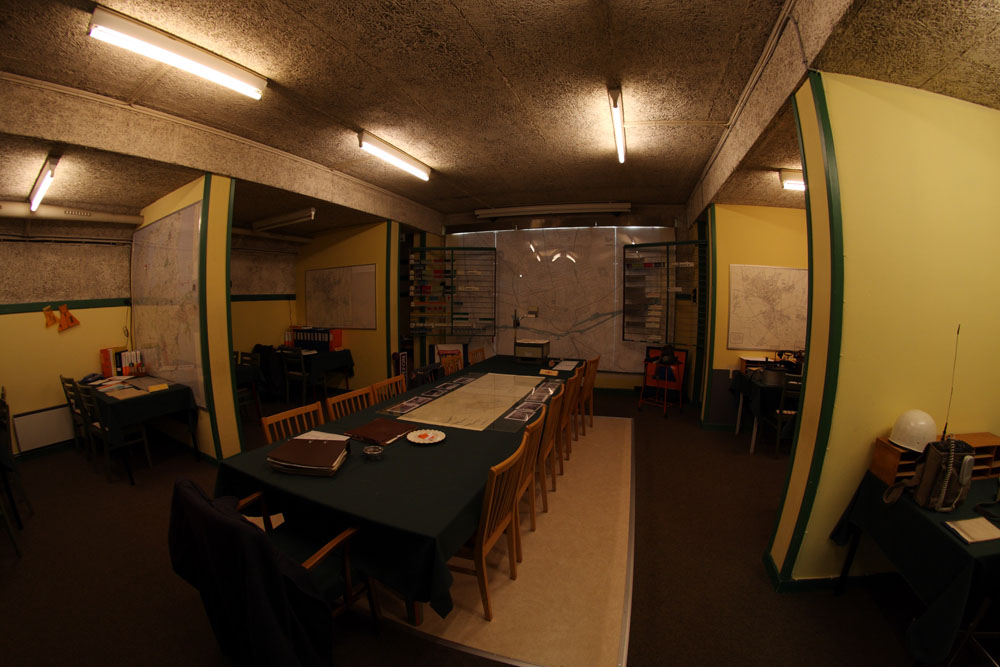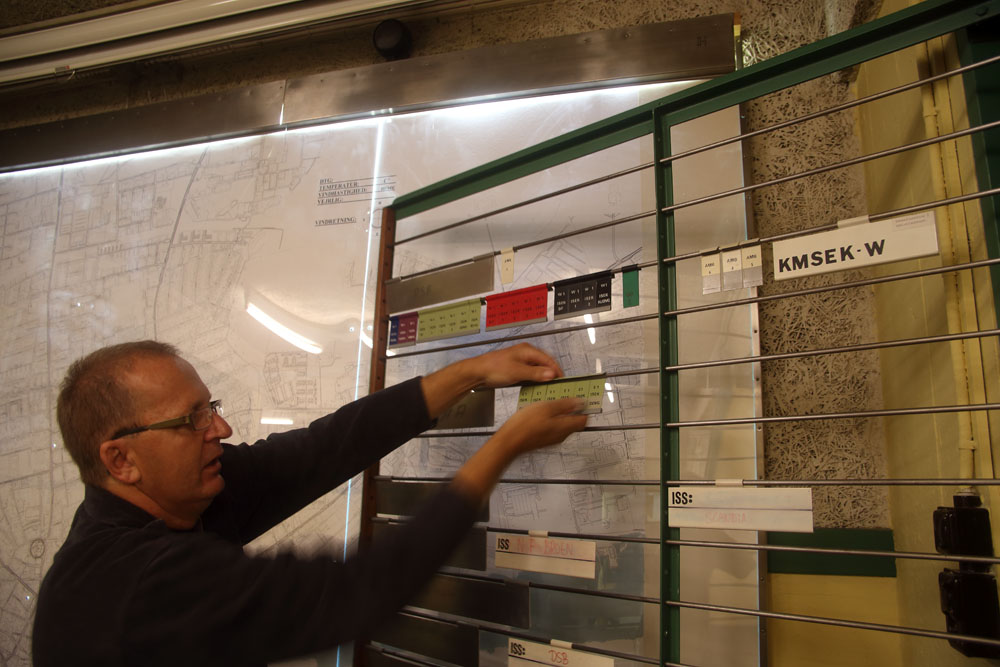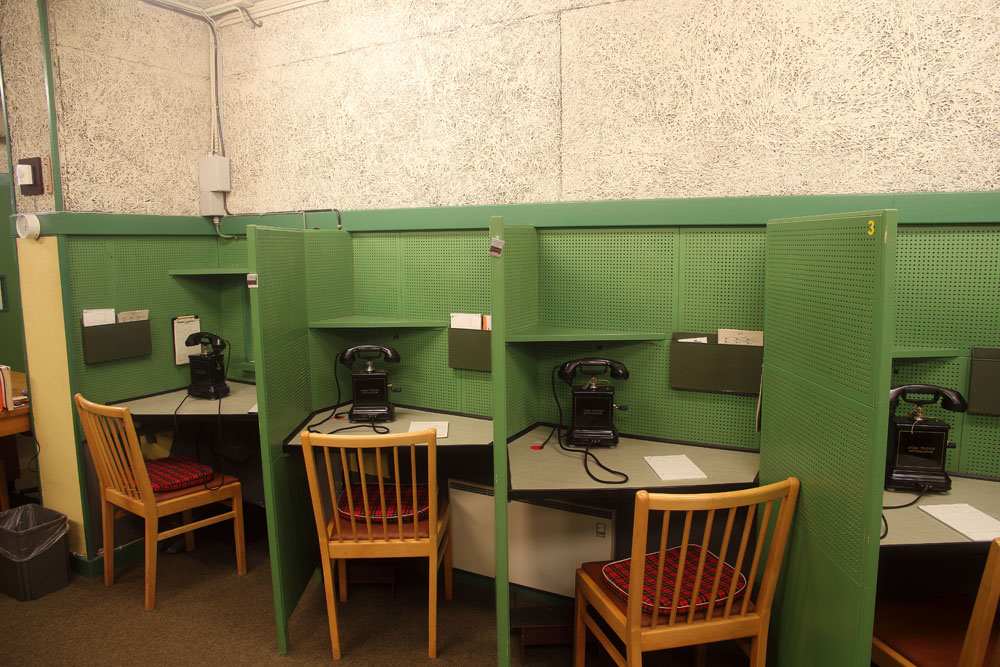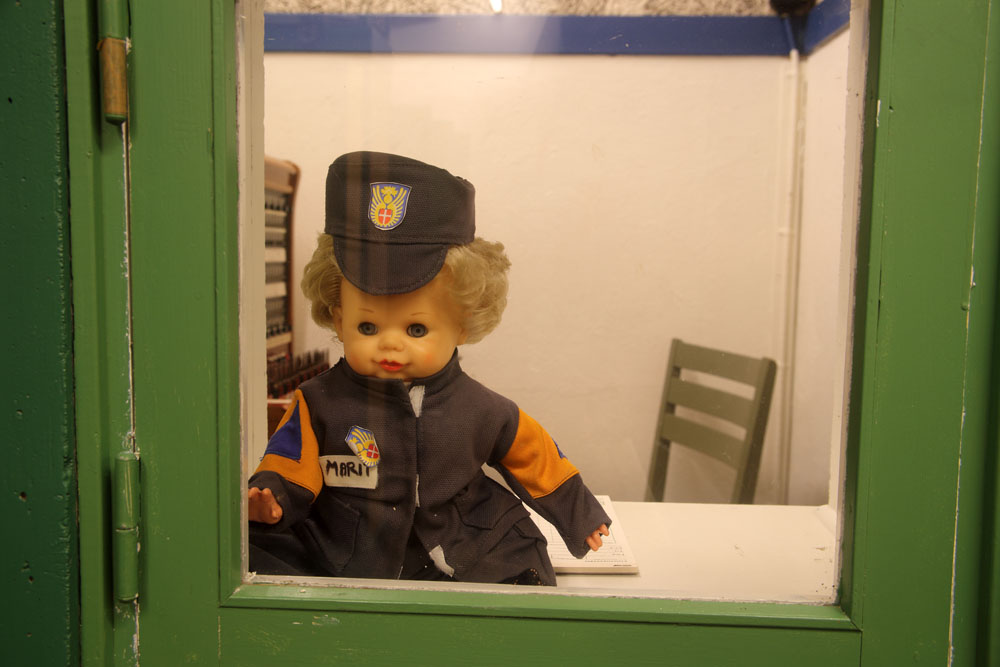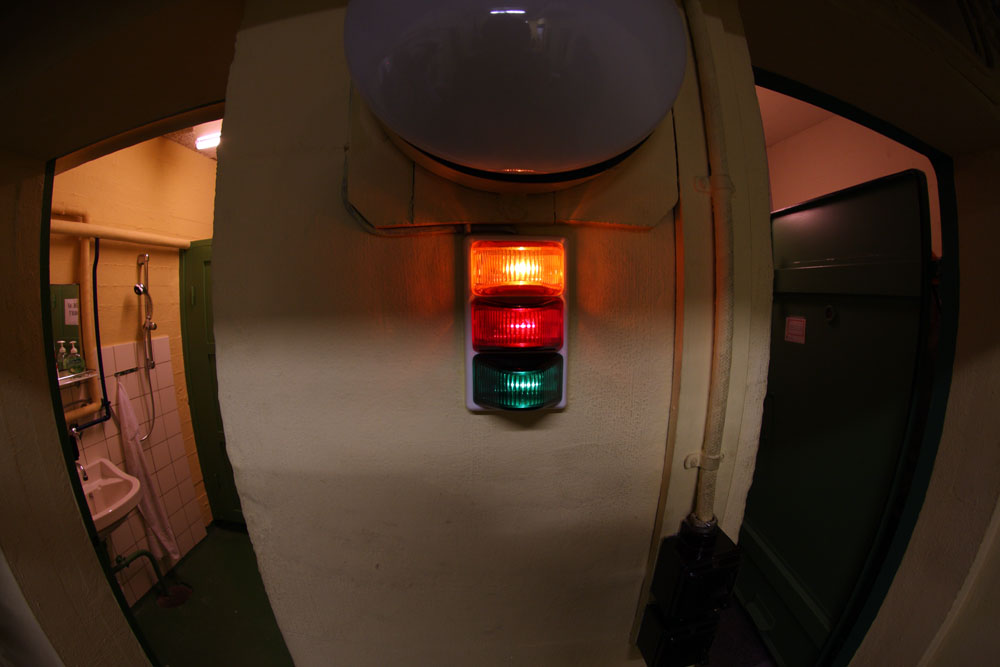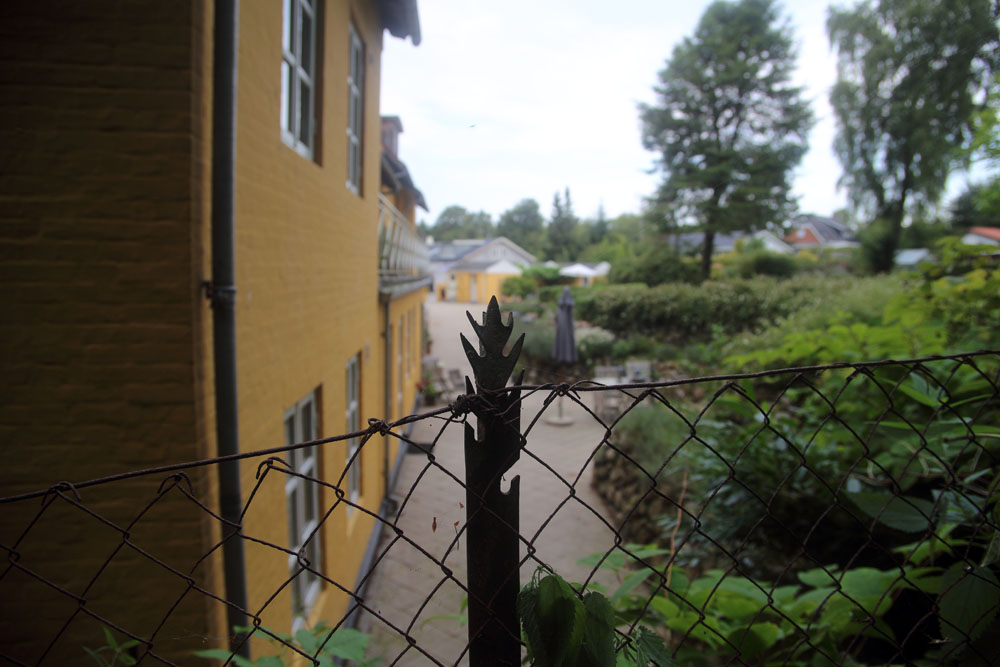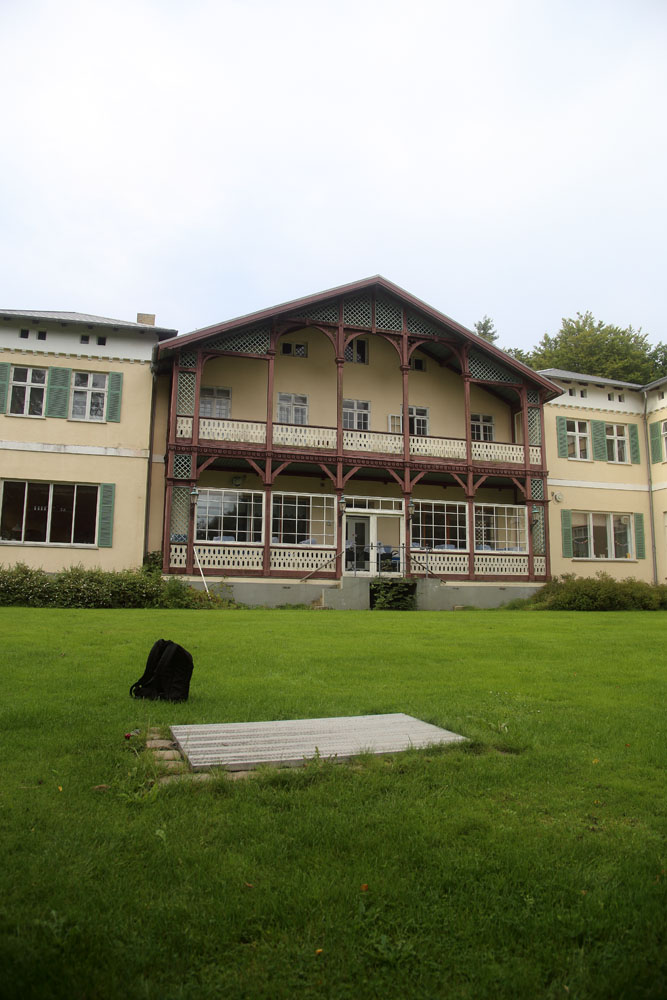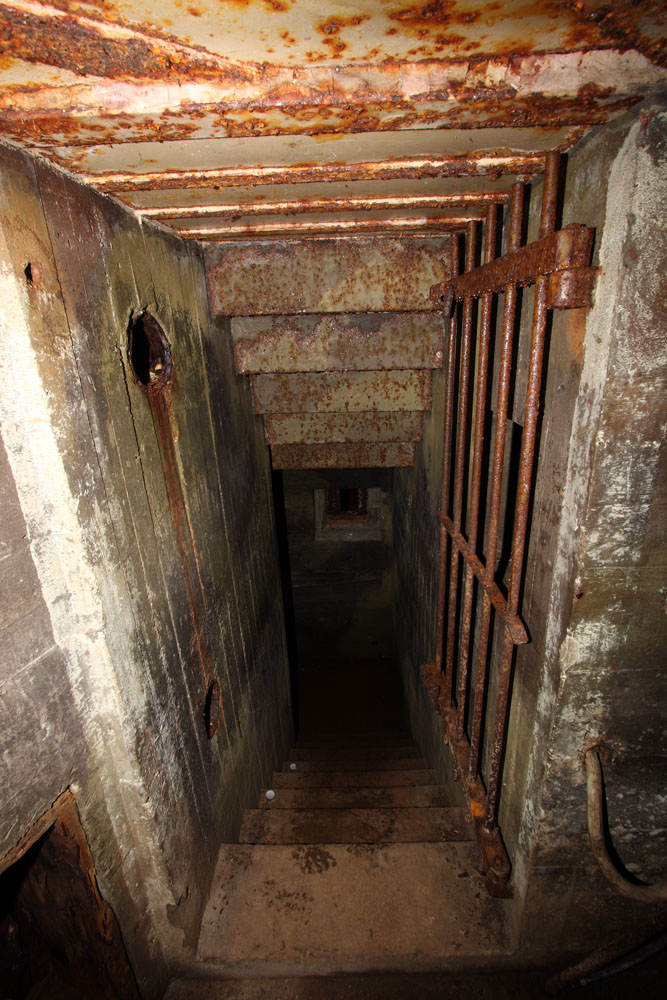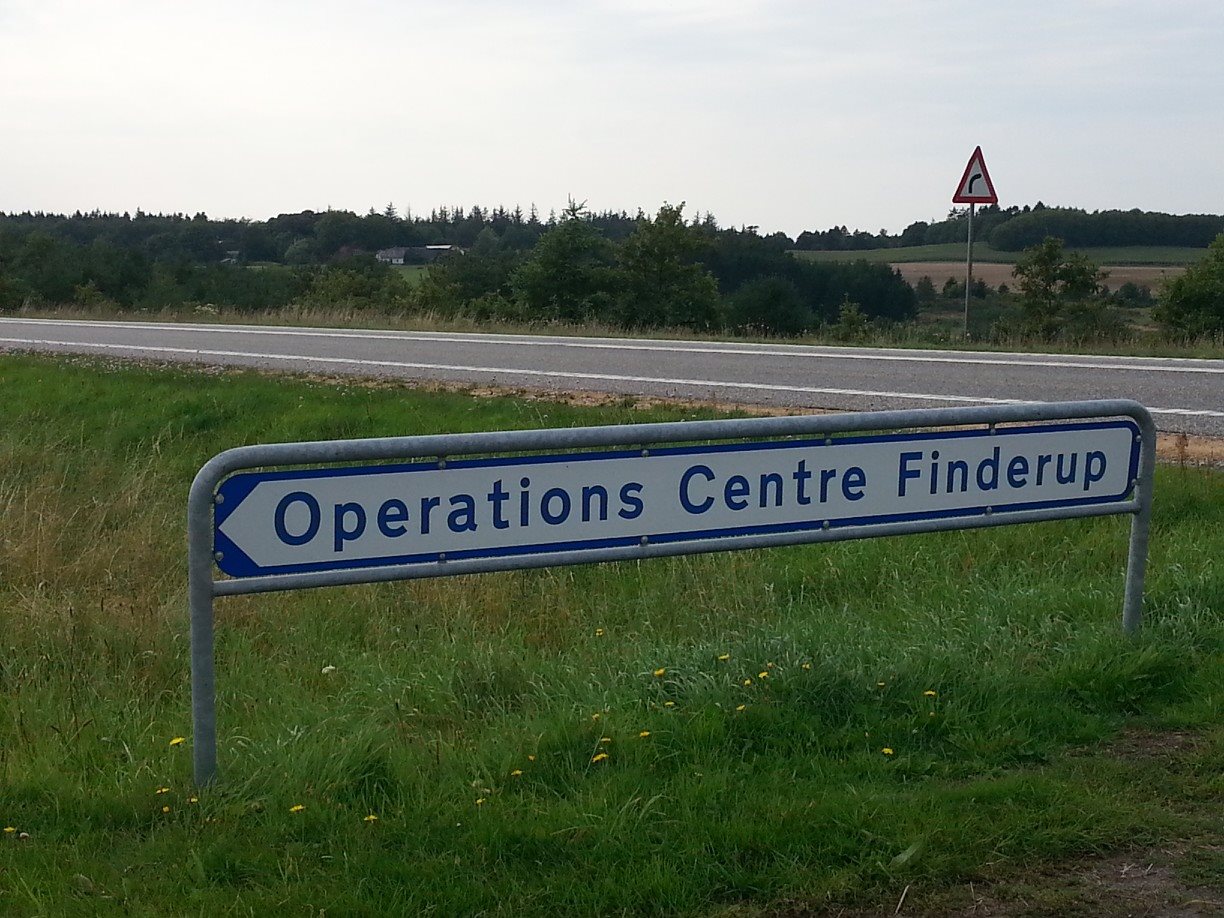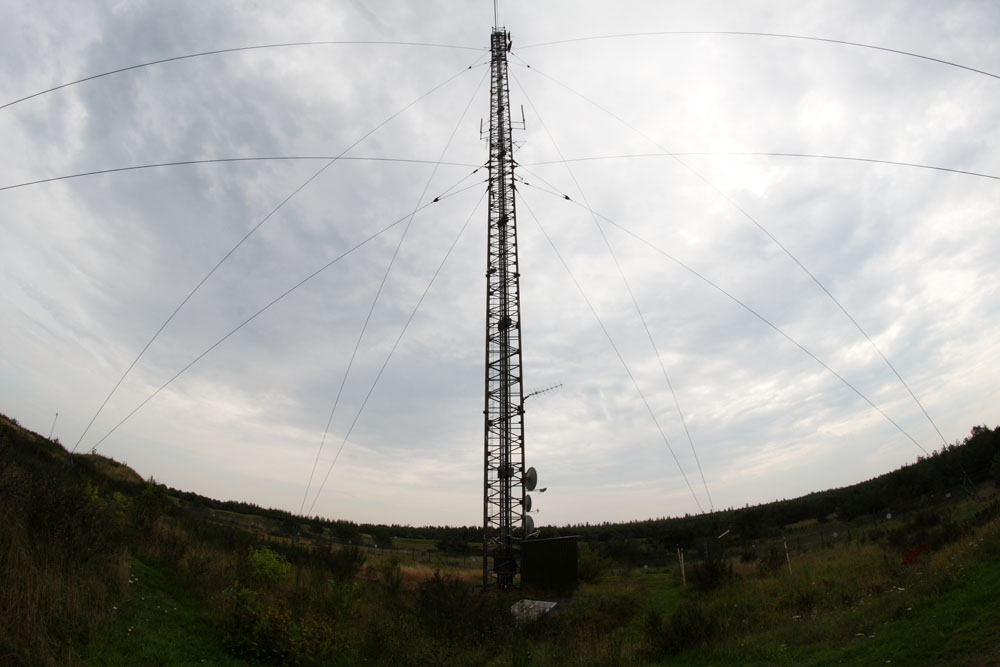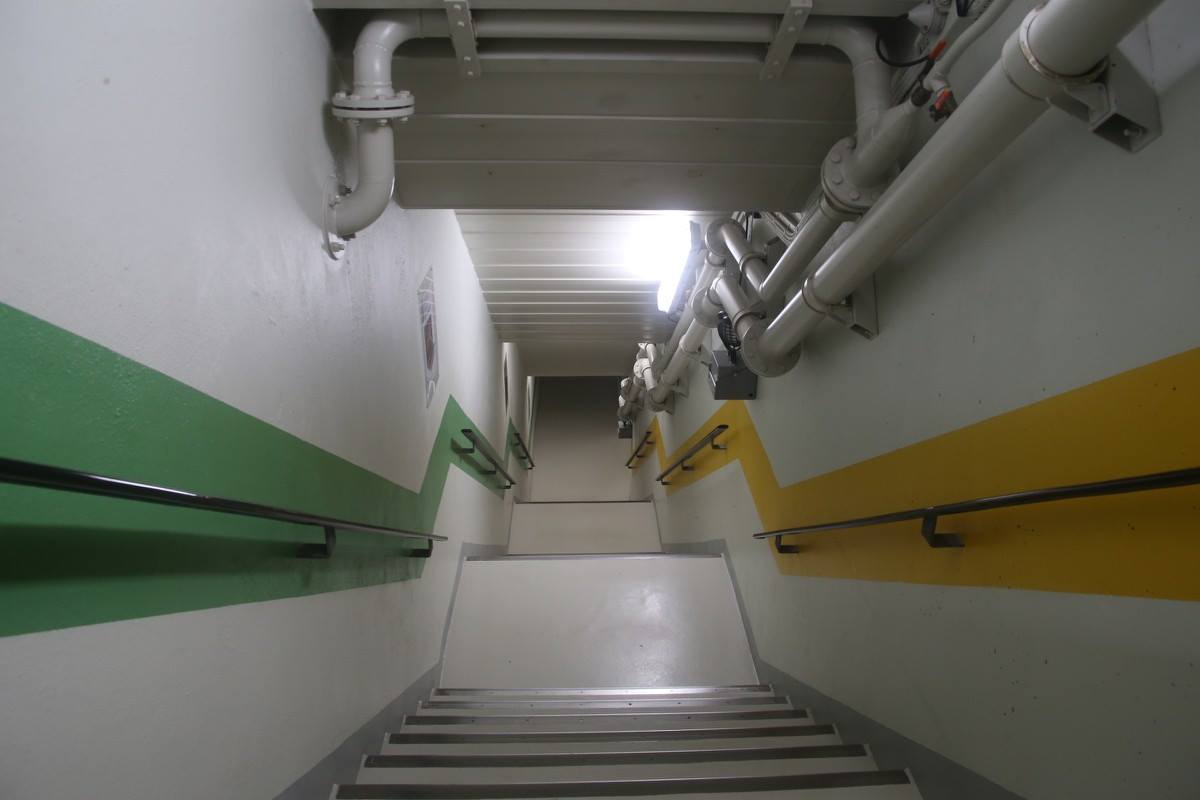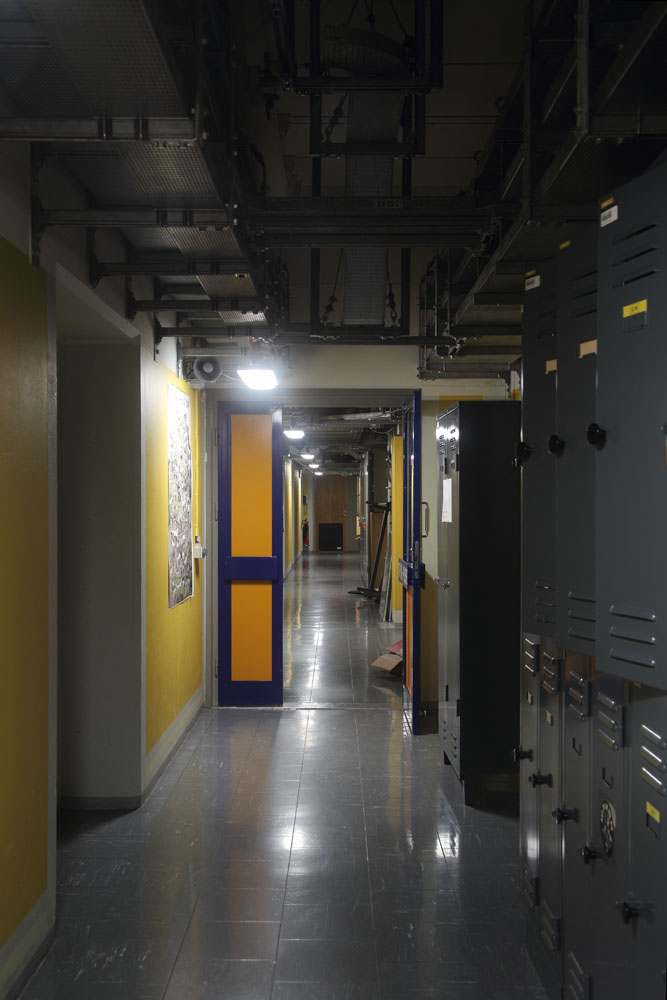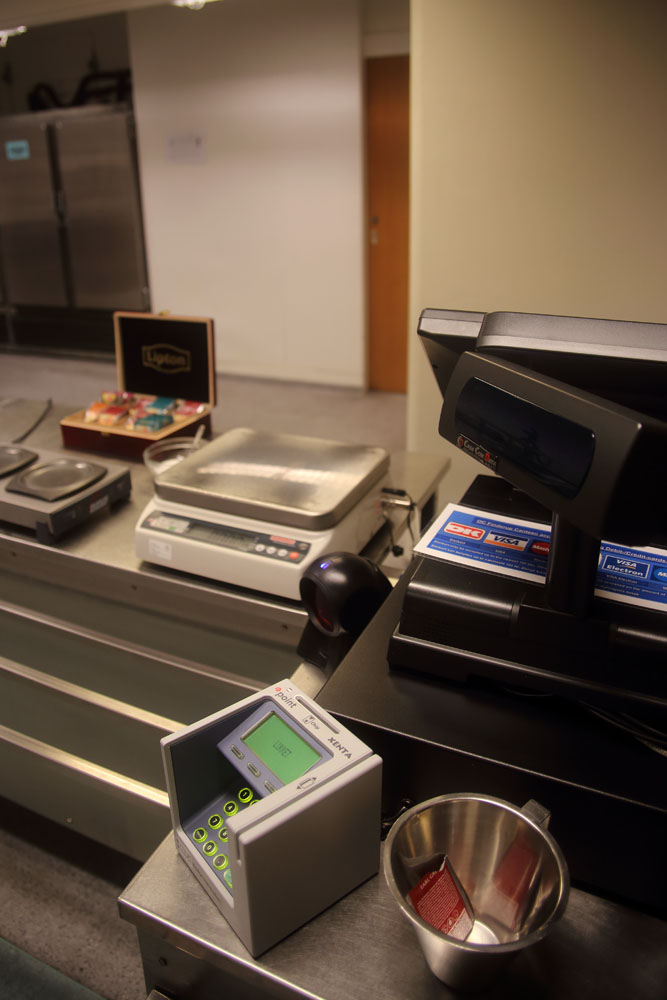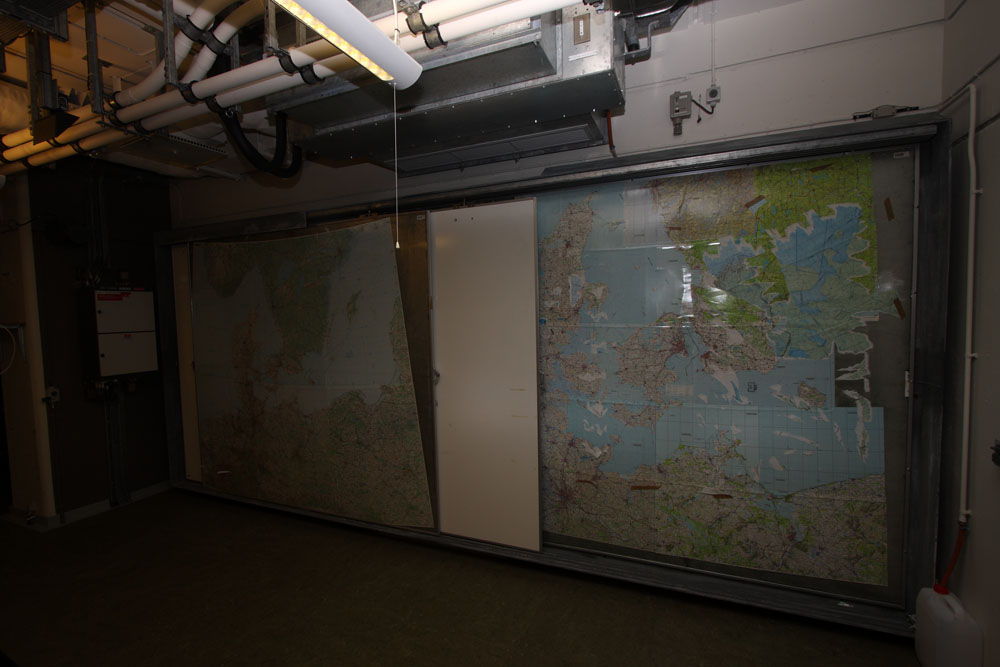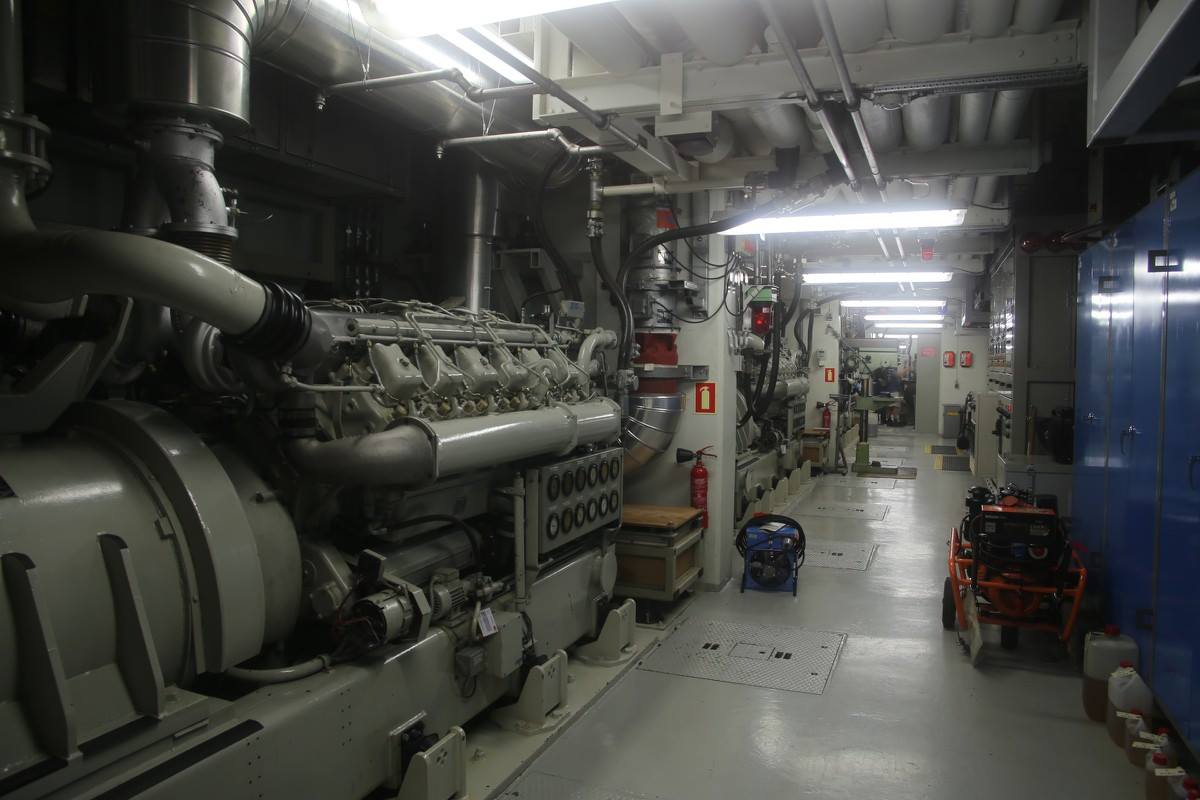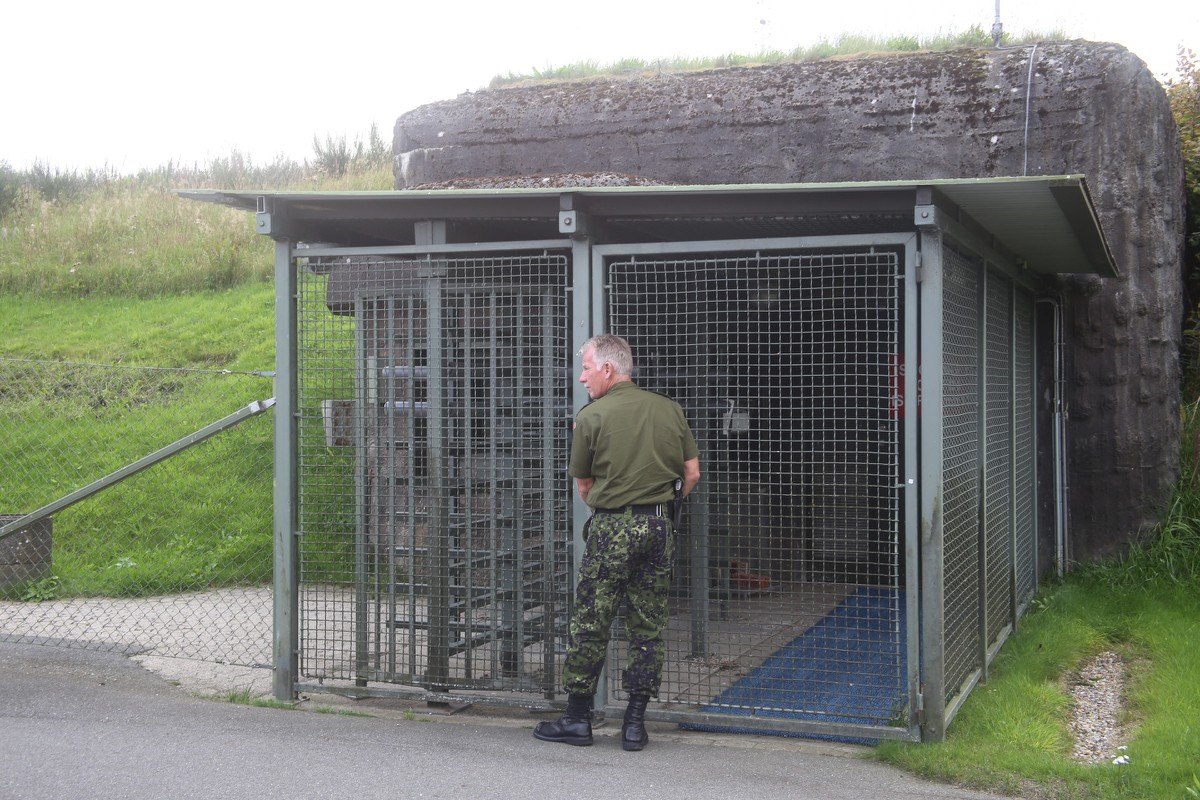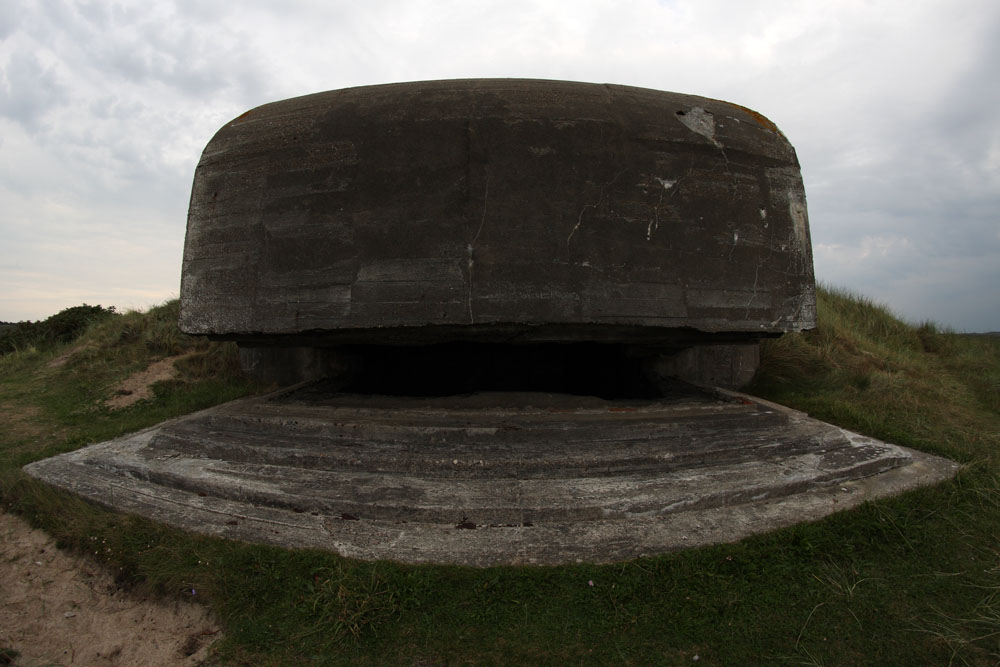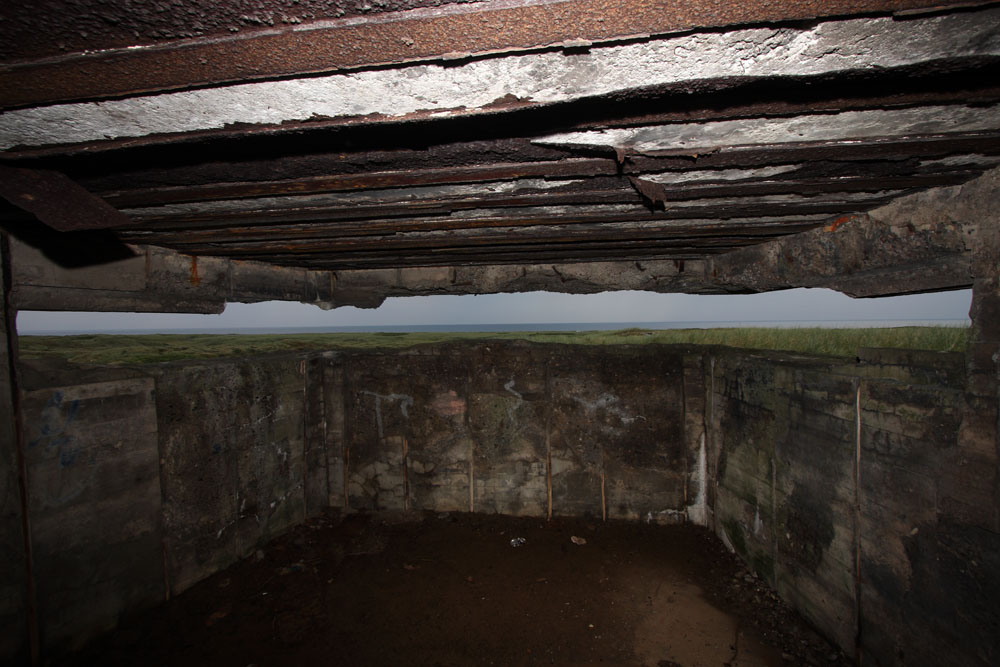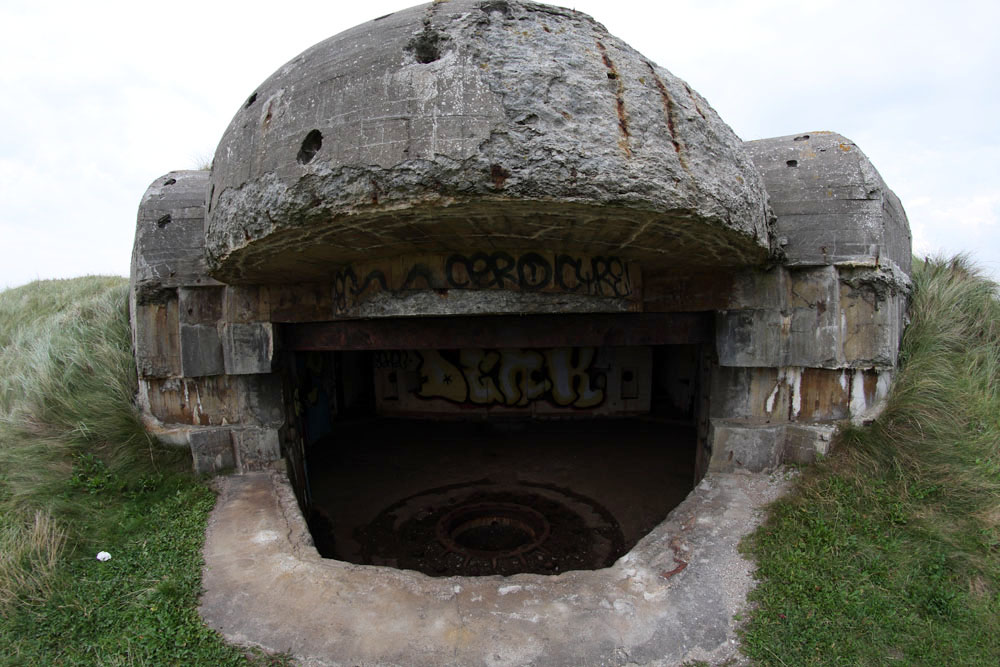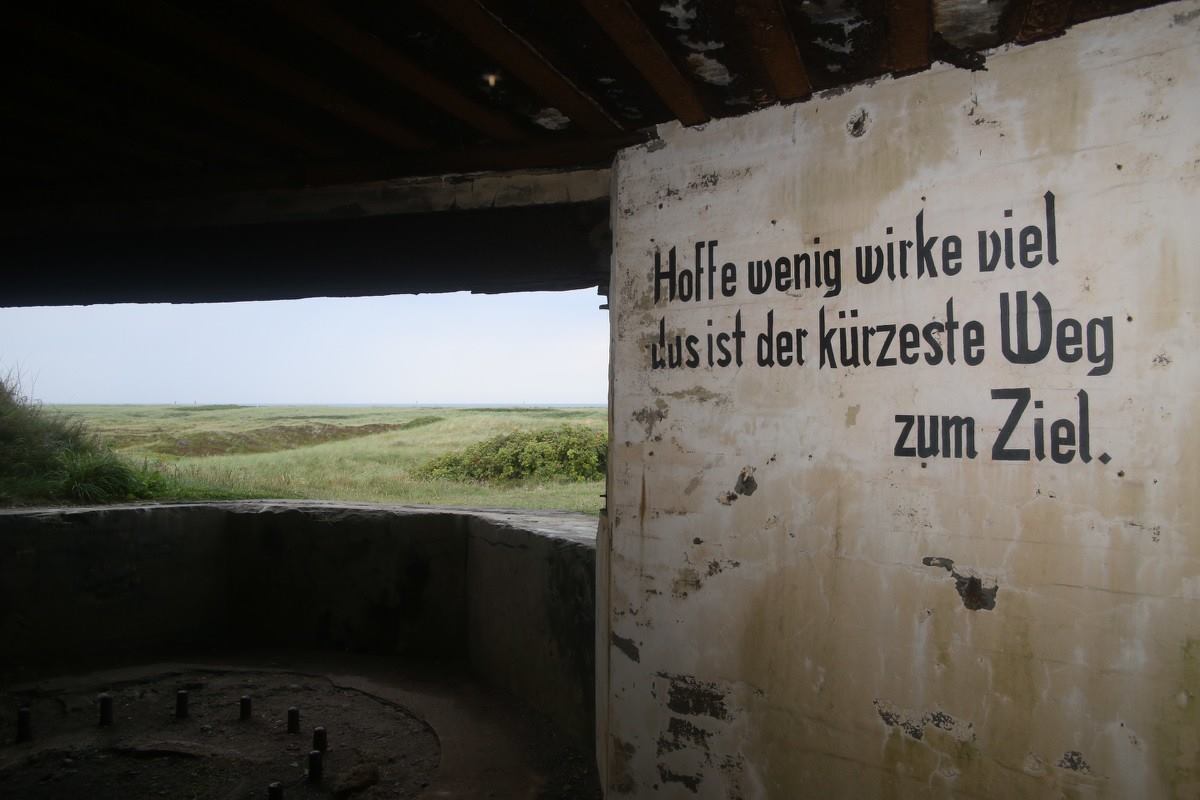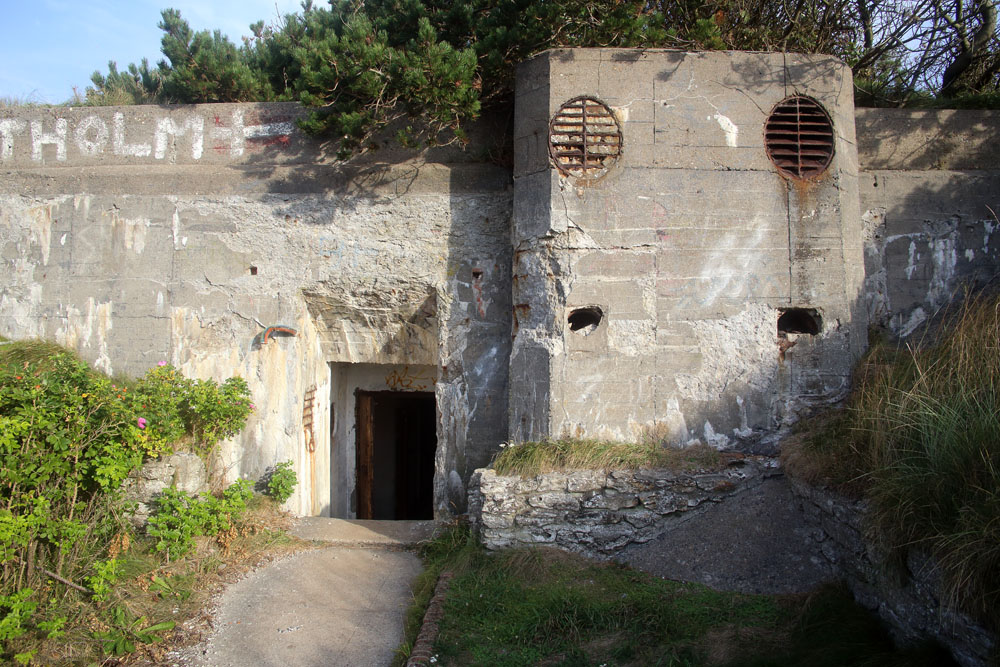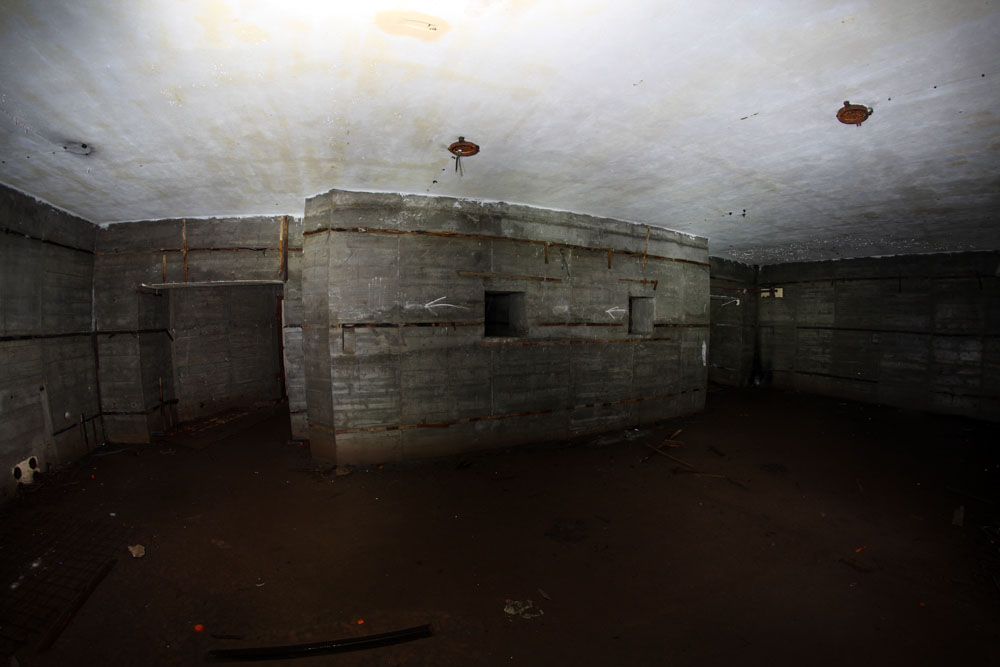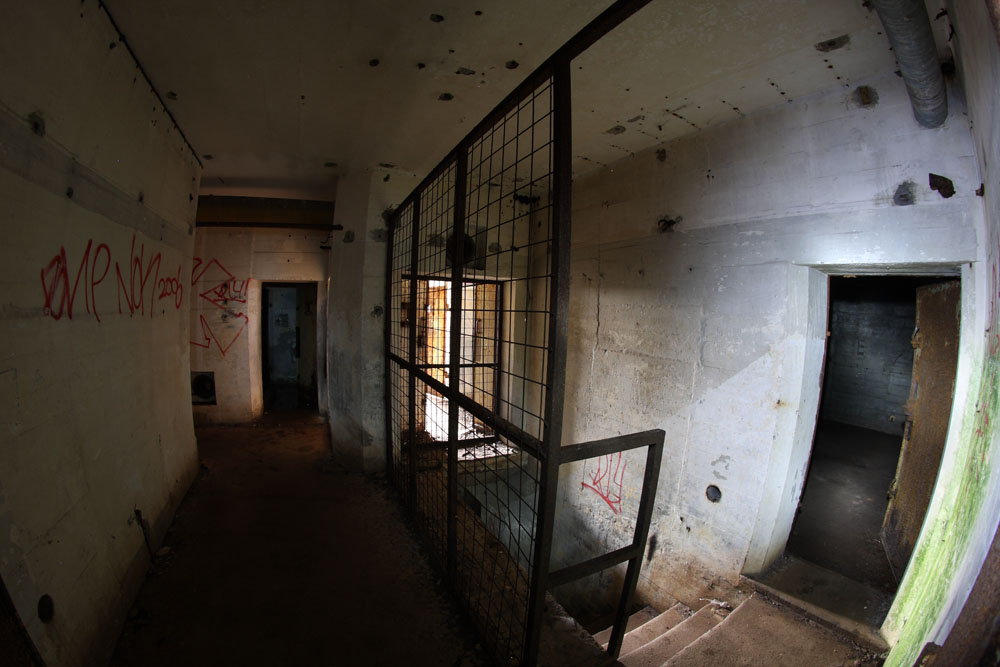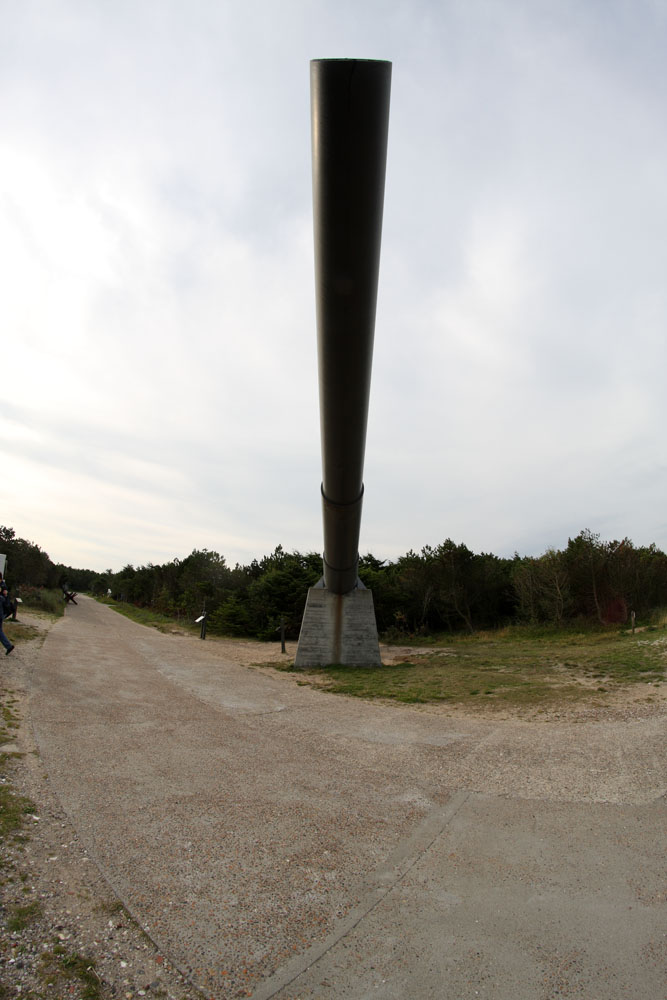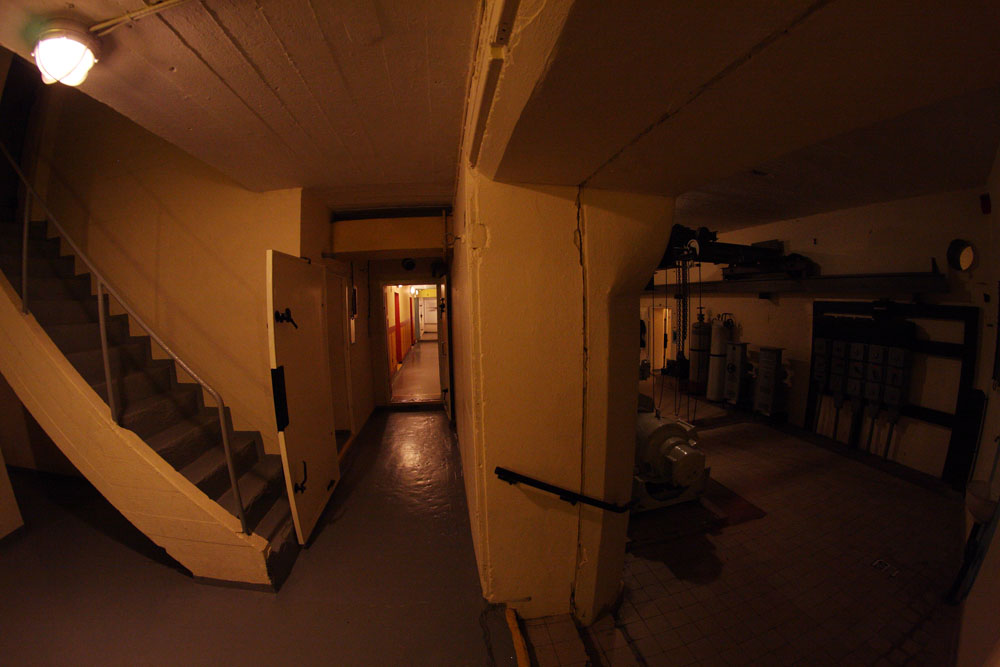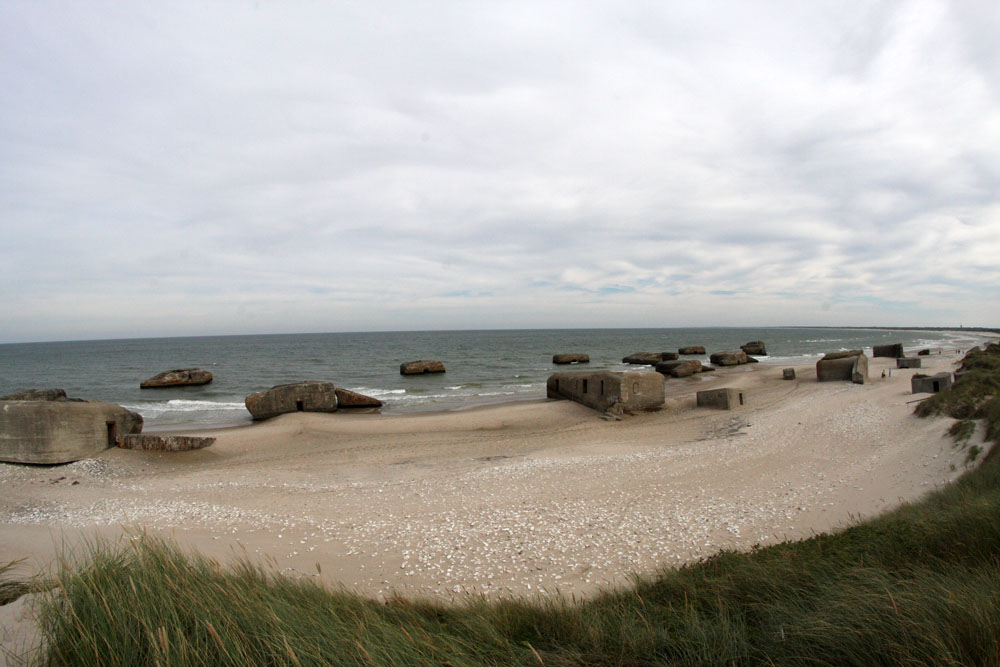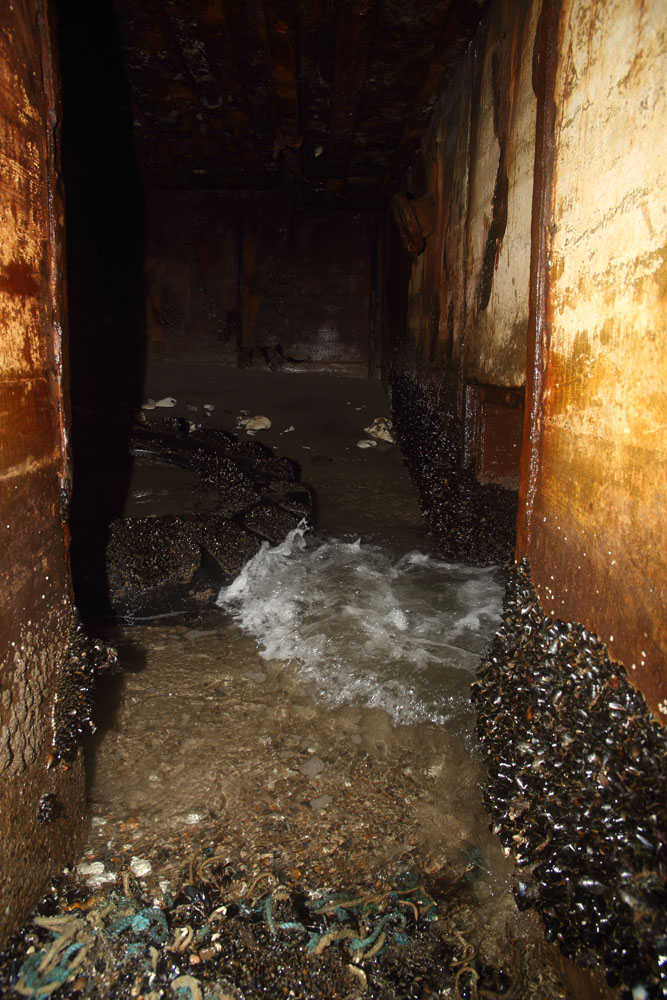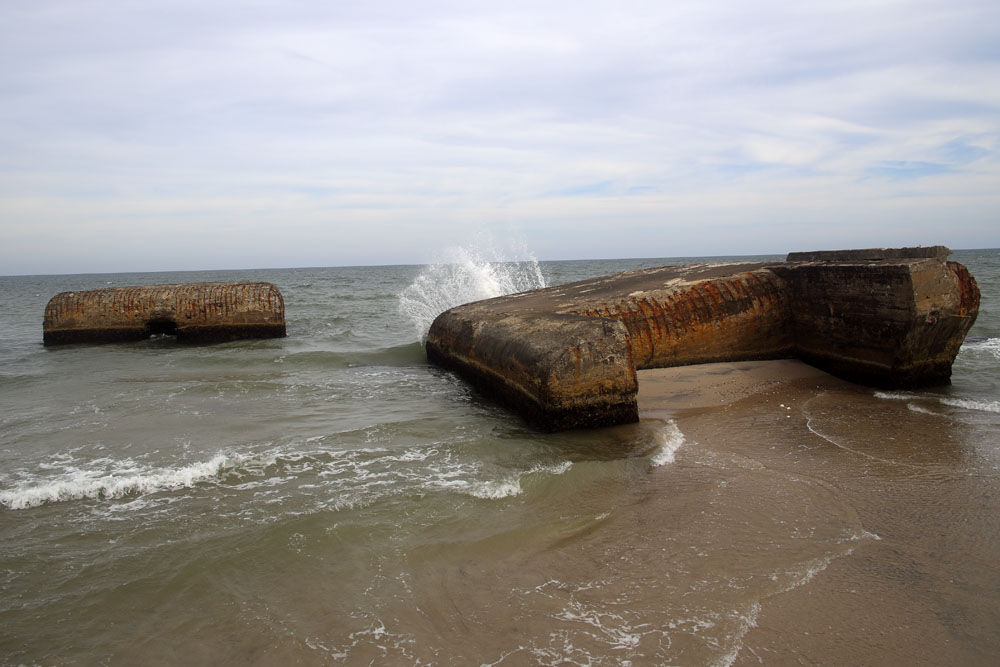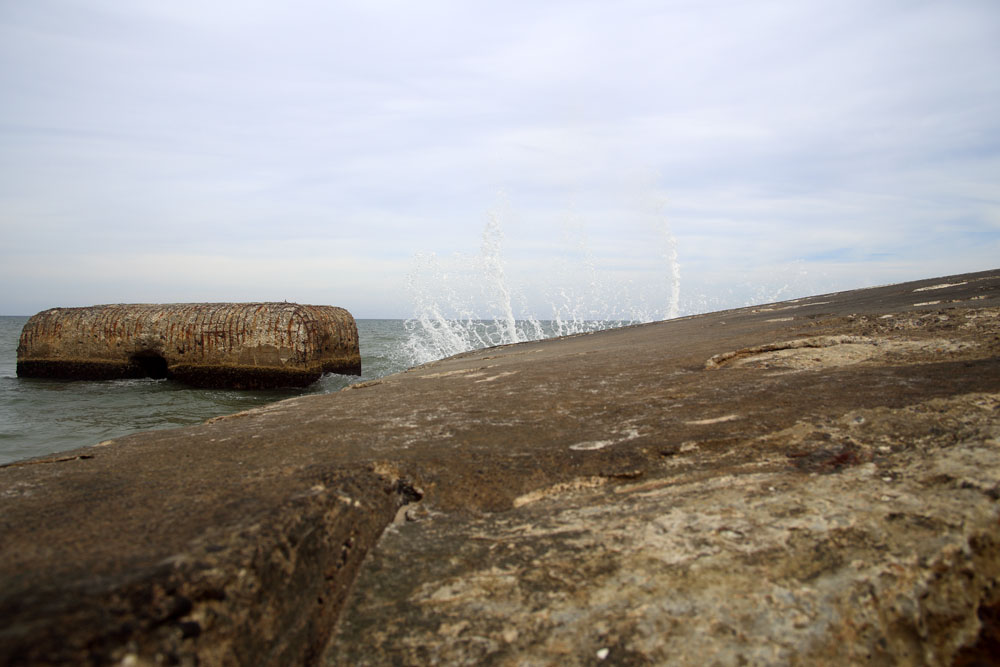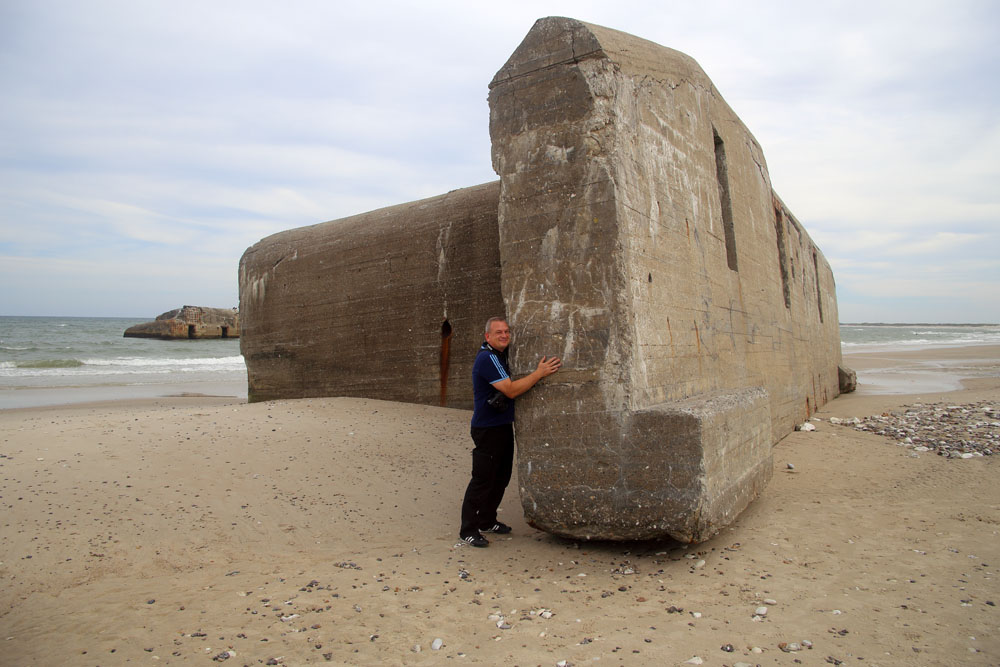Bunker 7 had been known to me for a few years but that it would close and even more beeing able to see was not in my mind before this summer. All of a sudden news came that it was closing and being sealed for ever this november.
After tracing the people working with it for a few days I finally got in touch with one of the main persons working with the bunker and also the closing of it. We started to e-mail back and forth and started to find a slot of dates in September and I started to focus on a date in early September that soon got more active as he came back with information that the work progressed quicker and that the closing of the site came quicker than expected.
This is the story of the trip in early september that supprised most of the participants. Among the 11 people attending probably more than 10 000 bunkers has been visited through the years. After the visit to ’Bunker 7’ everyone was convinced that is is among the top-3, if not the best bunker ever.
So on the 6th of September four people started from Stockholm Arlanda, two from Gothenburg, one from Karlshamn (all in Sweden) and four at Stansted, U.K.
We all rendezvoued at KC Hadsund, that is the civil defence command central for the Hadsund community. Civil defence was and is quite alike in Denmark as in Sweden and we wanted to look at their bunkers.
I want to thank the civil defence group of Mariagerfjord kreds for letting us in and also treat us to biscuits and tea/coffee in the bunker.
Next stop on todays tour was the KC for Randers community. Situated in a small park this bunkers was bigger but older than Hadsund. Built in the 1950’s and now a museum.
After this nice visit we drow the last bit down to Silkeborg for the night.
September 7
After breakfast we drove out to Silkeborg bad, only 10 minutes from the hotel. Here Germany had a major headquarter with lots of underground regelbau bunkers both for protection, headquarters and radio communication. We had a very good guide from the museum that showed us aound some major bunkers for 2½ hours.
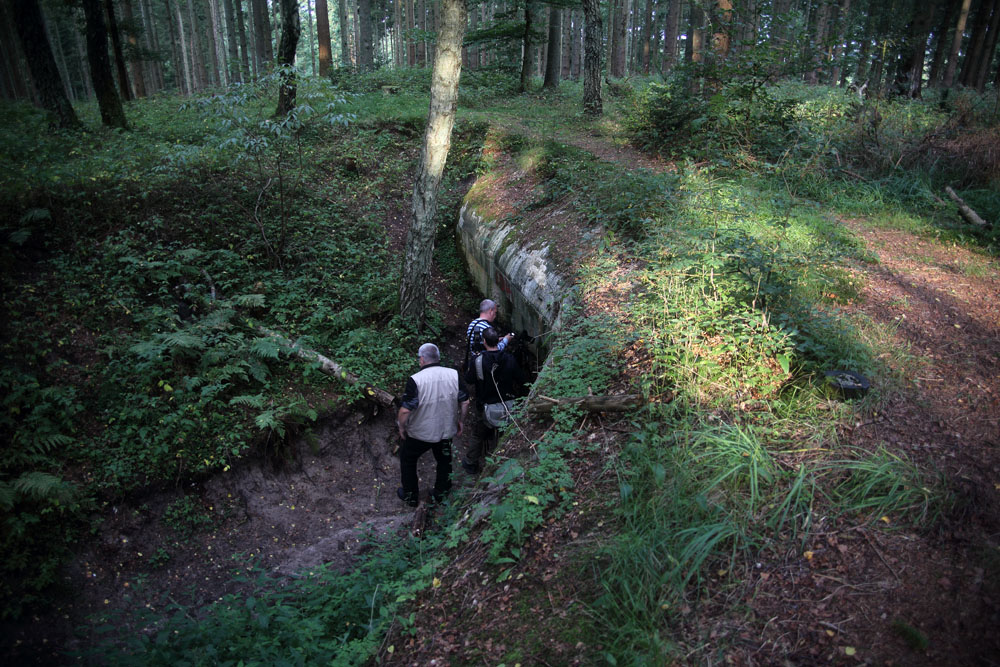
Entering on of the major bunkers. The forest looked almost like this 70 years ago. A new generation trees has come to the same heights as the one before.
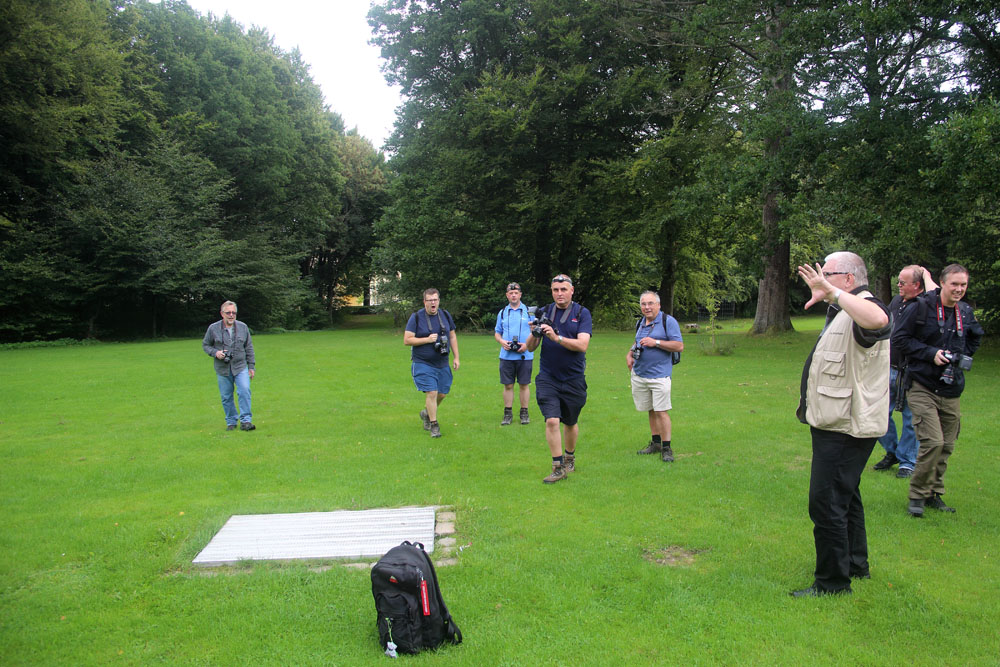
The group gathering at the main command head quartes bunker. Only used around the 6 june 1944 when Germany feared for an invasion also in Denmark.
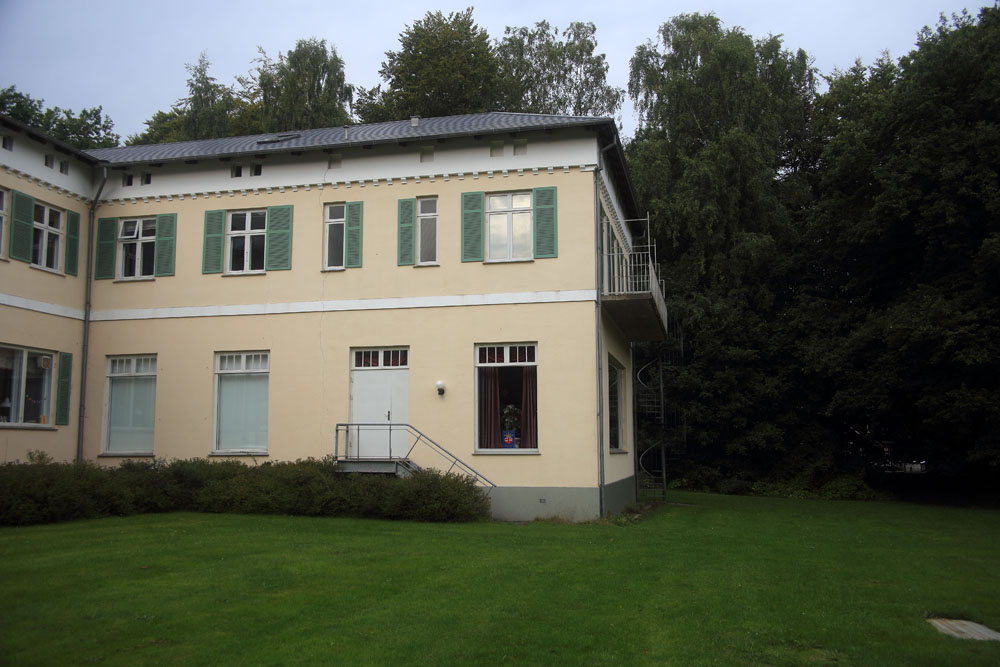
Note the strange parts on the building. There are fake-windows to the top right side and a huge vertical crack Midways. The first is due to that the additional part was built later and unfortunatelly above a manjor tunnel system leading out to the foxholes in the brink. This system has now been filled in and the wall erected again..
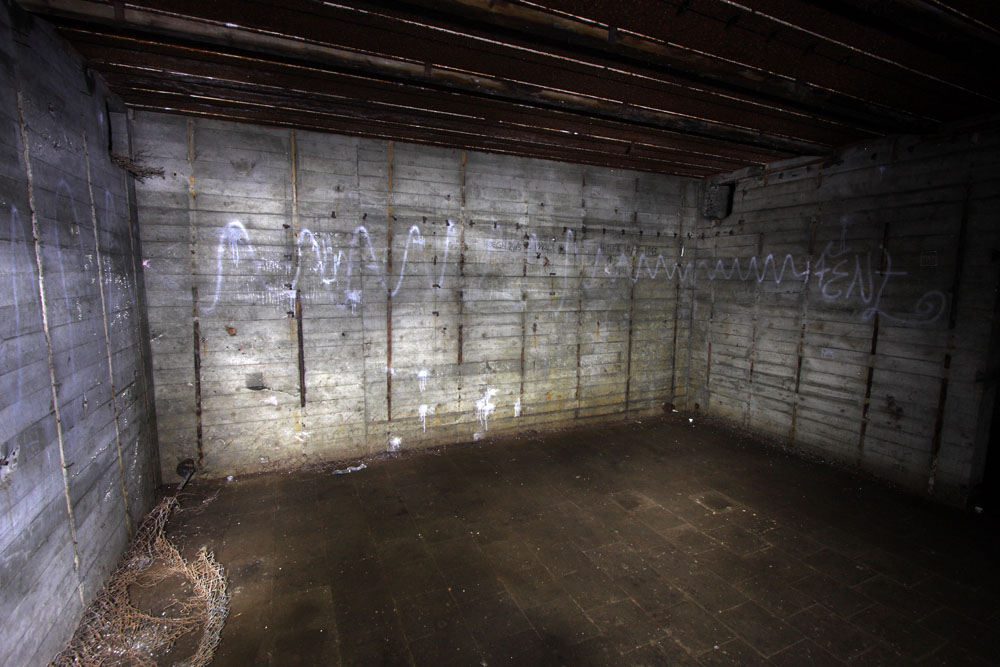
One of the major bunkers was a communication regelbau with huge antennas on top (not present today). The problem with these high Power transmitters was that when sending they interfeared with the Equipment down in the bunker. So, according to the guide, for the first time ever a faradays Cage was built to stop radio transmissions being lad into the bunker. Usually it is the other way around, to stop transmittions leaking from the bunker and keeping it a secret.
We now headed north again to the outskirts of the small town of Finderup where Operations Centre Findeup has been the major site for NATO air-command over northern Europe since many years.
Start of generator #2.
After more than four hours in the site we left the bunker via the same 97 steps again. The Swedes were the first ever civilians on site, some very high officers had been before. One of our guides said more than once that he was supprised over the fact that they now showed the bunker to both civilians and non_NATO members.
We now headed north to the Limfjord hotel in Thisted for the night. Some took a swim in the swimming-pool, some headed over to Hanstholm south battery for some late afternoon bunkering.
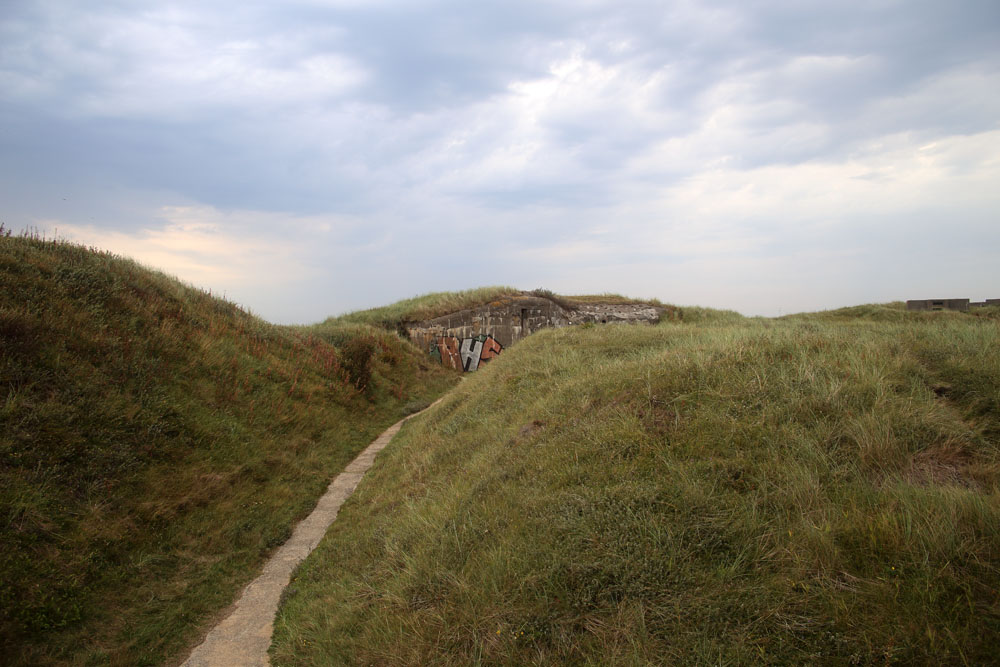
Dune landscape with most of the bunkers still open and intact. Four 17 cm casemates, one main command bunker and some regelbau munition bunkers..
Sunday 8 september started with breakfast and good weather again. We headed over to the Hanstholm museum center area and started with the main command bunker for the 38 cm battery that is outside the museum and closer to the shore.
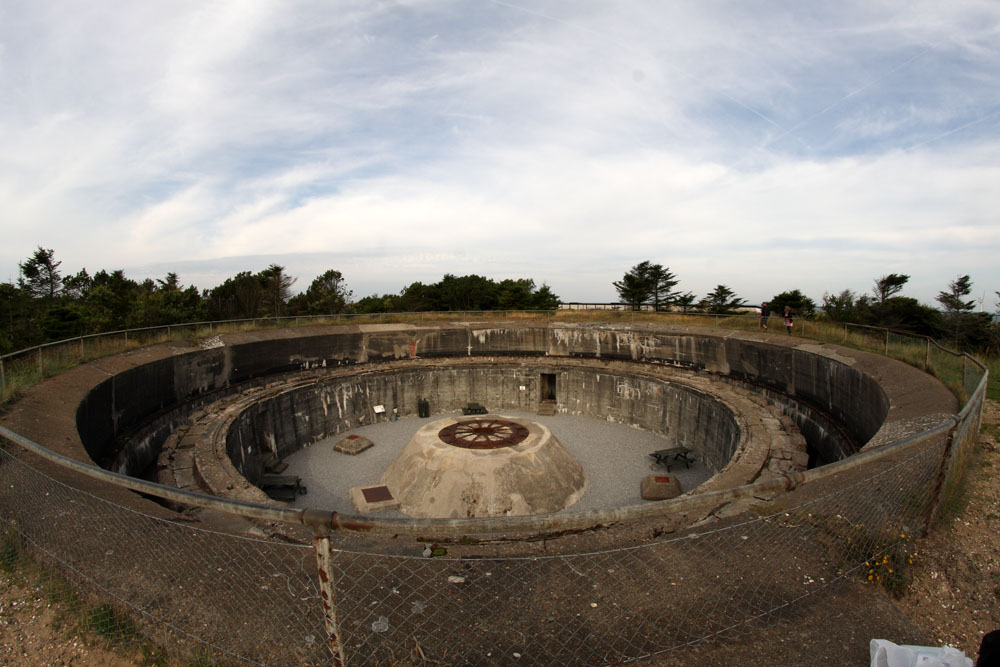
One of the four gunpositions has been turned into a museum, the other three are still there, derelict and open for guests.
The sub-groups now splitted into three groups with three cars and we slowelly headed back to our origin. My car stopped at Vigso bunker park just northeast of Hanstholm. Here over half of the bunkers, especially the 10,5 cm gun positions are way out in the sea after 70 years of Atlantic ocean taking back land.
